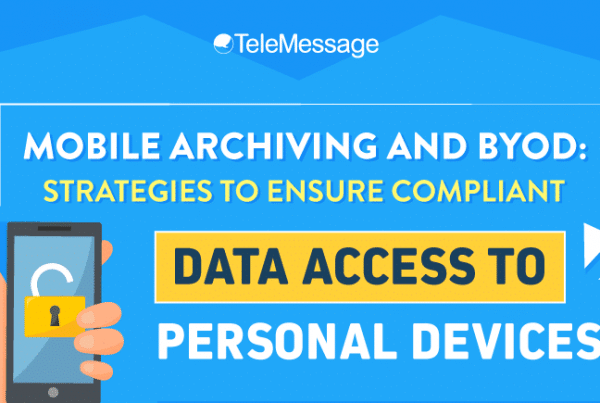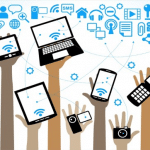BYOD also known as BYOT (bring your own technology), is no longer the new kid on the block. Since 2013 companies have been allowing employees to use their personal devices in the workplace to accomplish tasks and communicate work related issues with their colleagues. The phenomenon is largely based on a perceived enjoyment by the user.
How does it work?
Its’ all in the name, the employee brings his/her own device. Whatever the device be it a smartphone, tablet, iPad or laptop. The IT Department of your company then provides support for that person. Allowing access to privileged work information or applications while remaining in a secure environment, or they don’t and the employee uses the device regardless of company policy.
Productivity is key
There is no escaping the fact, the pressures of work will never lighten. There is simply too much information constantly being shared for any worker to afford timeout over and above family life and daily chores. Which is why the idea of being able to accomplish the odd task here and there between picking the kids up from school and cooking dinner, gives that much more credit to having a device which allows you to work no matter the time or place. The benefits of enterprise mobility are vast and extend far beyond productivity in the workplace: Saving company costs, familiarity with the technology and flexibility just to mention a few.
Support Sorrows
You cannot have your cake and eat it! Many IT pros have resorted to implementing strict end-user guidelines and policies. Some of which include enforcing screen lock on mobile devices and even location tracking and/or geofencing which could be seen by some as infringing on their ‘user privacy.’ Over and above that, if your IT department typically addresses any issues within your organisation by walking down the corridor to visit the member of staff with the problem, remote workers are going need a different level of support. Furthermore, remote teams can miss out on the collaborative atmosphere of the office environment. That said, many offices are full of people working with their headphones on and communicating with each other digitally.
Security Threats
Companies are spending large amounts of money investing in security measures to prevent company leakages or viruses caught on company hardware. The individual is much less likely to invest as much in personal security for their mobile device. In a survey involving over a thousand government employees over half of them admitted to using their mobile devices to retrieve emails and nearly as many, to downloading work documents. Let’s try not to think about how many of these government officials have also encountered serious mobile threats. Having said that, features which take care of this issue are available such as End-to-End encryption, Access limitations and a remote wipe function. However, the remote wipe function for example only works so long as the data card has not been already removed from the device. Some of the biggest threats on an employees’ private mobile device include unknowingly downloading malware, keyboard logging that allows hackers to record login and password credentials.
The Bottom Line
Research shows that companies will not be able to prevent workers from bringing their own devices into the workplace or as Richard Absalom (consumer impact technology analyst at Ovum) suggest – “Trying to stand in the path of consumerized mobility is likely to be a damaging and futile exercise.” With technology having become such an intrinsic part of our lives it is almost impossible to escape the BYOD approach, especially as the trend of wearable technology is becoming more and more affordable and common amongst people. Companies are not implementing strategies to deal with the BYOD approach, especially those employing ‘millenials,’ are essentially creating a ticking time bomb for themselves.
The question is no longer whether you do or don’t implement BYOD,
it is how effectively are you implementing BYOD in your workplace?





